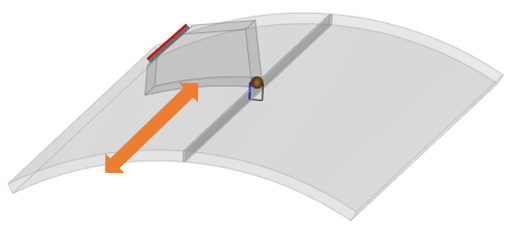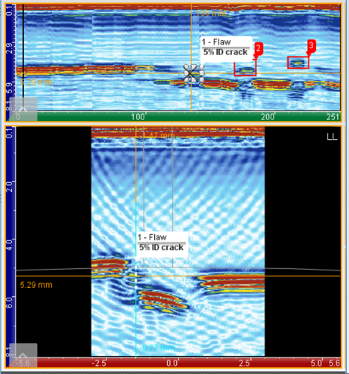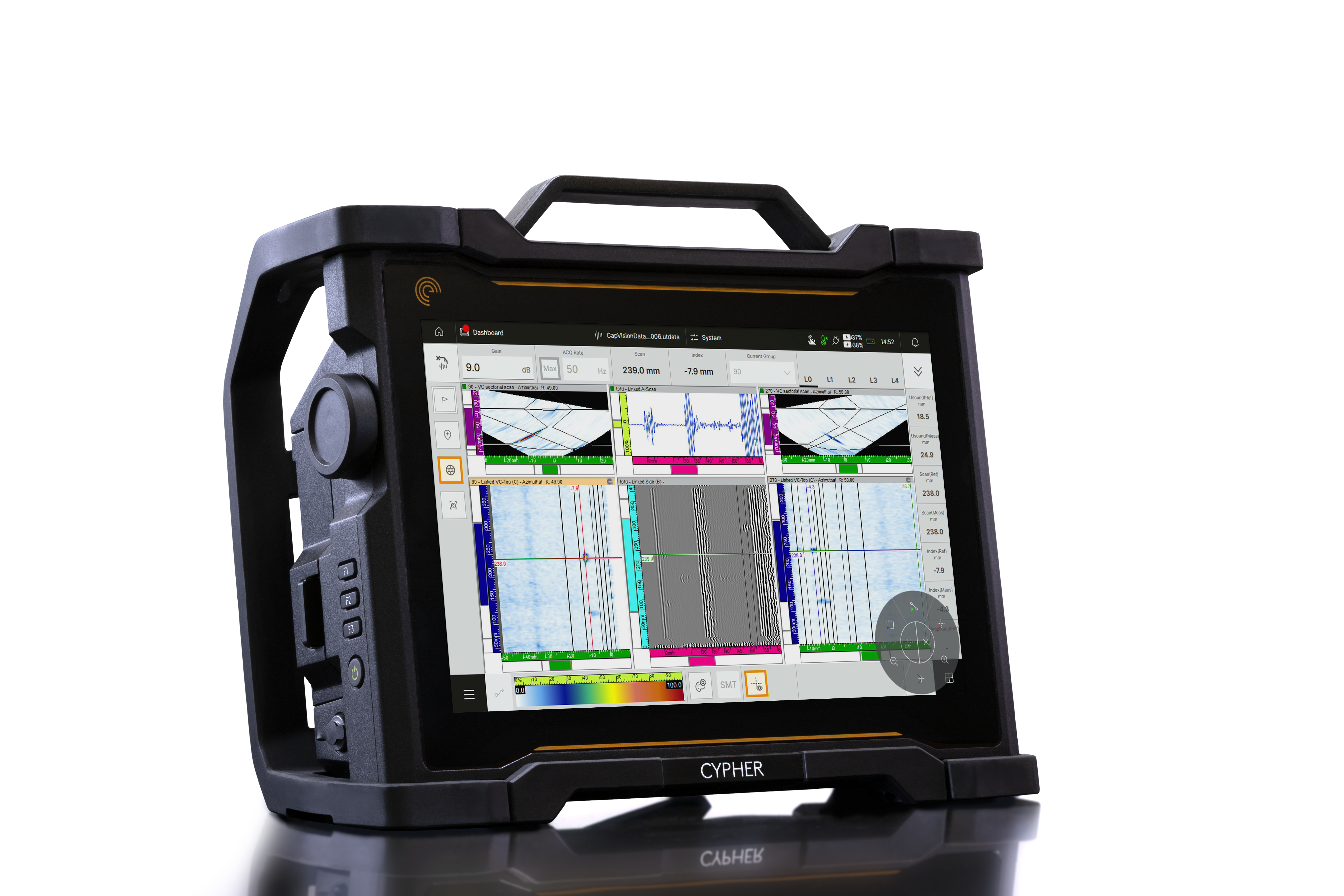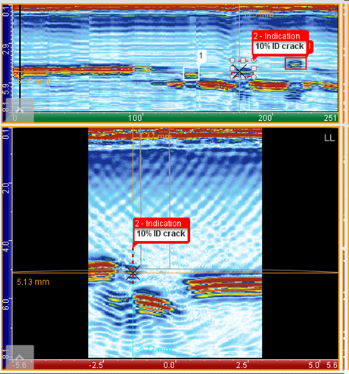Inspecting In-Service ERW Pipelines with TFM without Slowing Down
Ask an expertElectric Resistance Welding (ERW) has been used for decades to make reliable pipelines with clean bond lines. However, ERW is not a magical process, and it comes as no surprise to see that the axial seam is typically the most critical area on aging pipes. Inspection of in-service pipelines is often conducted using In-Line Inspection (ILI) tools, sophisticated devices also referred to as “smart pigs”. In general, ILI tools are excellent for detecting defects and can often quantify the severity, but further assessment is typically required which means that miles and miles of pipelines need to be excavated and examined. Considering the effort involved, industry seeks a Non-Destructive Testing (NDT) solution that reduces risk while minimizing downtime.
The Challenge
Find a more efficient solution for the assessment of shallow cracking in long seam welds on the difficult curved surface of pipelines.
Integrity management requirements for pipelines – especially in high consequence areas – calls for a thorough examination of ERW seams. Given the critical nature of this infrastructure, understanding the structural integrity of pipelines including their damage mechanisms like evidence of cracking and welding defects is paramount. Indeed, minor hiccups happening during manufacturing of pipes can go undetected even in the presence of proper NDT. For example, minute non-metallic inclusions at the weld interface can morph into hook cracks once the pipeline is subjected to tensile hoop stress after being pressurized in service. And although hydrostatic testing is a method that has been used extensively to perform validation of ERW pipelines, it requires taking the pipe offline, with obvious operational consequences. The challenge is therefore to find the most rapid and efficient ultrasonic NDT method to evaluate long lengths of seam welds, looking for shallow cracking. How can one obtain the best imaging possible with adequate defect positioning, while having to deal with small cracks and the pipe’s curved surface during axial scanning?
The Solution
Advanced data acquisition and analysis software helps inspectors account for pipe radius and circumferential outside diameter for the axial scan probe configuration used for scanning electric resistance welding seams.

COD wedge configuration for axial scanning of ERW pipe welds
Total Focusing Method (TFM) has been around for over a decade but the availability of portable units like the Cypher® has made TFM a reality in the field. TFM is an ultrasonic technique which is used to synthetically focus data from an array transducer at every point of a region of interest. Compared to Phased Array UT (PAUT), it provides higher spatial resolution images that are easier to interpret thanks to a more intuitive representation of the geometry being inspected. Cypher, the latest portable PAUT instrument from Eddyfi Technologies, along with the Mantis™, delivers cutting-edge Total Focusing Method (TFM) capabilities, including the fastest scanning speeds — all while supporting UT, PAUT, and Time-of-Flight Diffraction (TOFD). Thanks to Cypher, technicians can easily account for the pipe radius and the circumferential outside diameter (COD) for the axial scan probe configuration used when scanning ERW seams. The combination of a high-resolution imaging method and advanced onboard software results in easy-to-interpret scans for not only defect detection, but also characterization. TFM imaging has been tested on ERW piping with both shear waves and longitudinal waves. Inspection procedures requiring only one pass for full volumetric inspection inner diameter (ID) to outer diameter (OD) have been implemented and successfully tested on reference samples.
Learn moreLong-Seam Scan of ERW Pipe Weld Using TFM

5% OD Crack


10% OD Crack
Electric resistance welded pipelines are used around the world to transport various commodities. While using ILI tools to ensure fitness-for-service is essential, advanced ultrasonic flaw detectors like the Cypher and Mantis™ are the optimal pairing of technologies for complementary, detailed examination of ERW seams.
Ask an Expert
20% OD Crack
Benefits
- Single pass for full thickness coverage for faster inspections
- Trusted data results resilient to misalignment thanks to TFM
- Compatibility with all axial and circumferential scanners
With TFM and hybrid methods implemented on Mantis and Cypher instruments, operators can optimize their ultrasonic testing settings for the best inspection results, even on shallow cracking to the order of 0.5 millimeters (0.020 inches). All the calibration assistants (wedge delay, time corrected gain, etc.) are available for COD wedges, further reducing configuration time and enhancing the precision one can achieve on small hook cracks, for example.
Ultimately, advanced equipment enables the scanning of ERW seams using TFM in a single pass for certain configurations. This approach offers full thickness coverage, providing complete high-resolution data rapidly thanks to an impressive scanning speed in the range of 75 millimeters (3 inches) per second. It is also worth noting that both Cypher and Mantis are compatible with most commercially available scanners, such as the STIX for corrosion mapping and weld inspection, to provide 3D renderings of inspection data directly on the portable instruments.
TFM has more tolerance to misalignment, delivering a sharp image and high-quality data. Finally, the obvious overall benefit is more reliable volumetric inspections. We all recognize that time is money, and Eddyfi Technologies offers advanced NDT solutions to minimize risk and maximize cost efficiencies. Contact us to learn more today.








